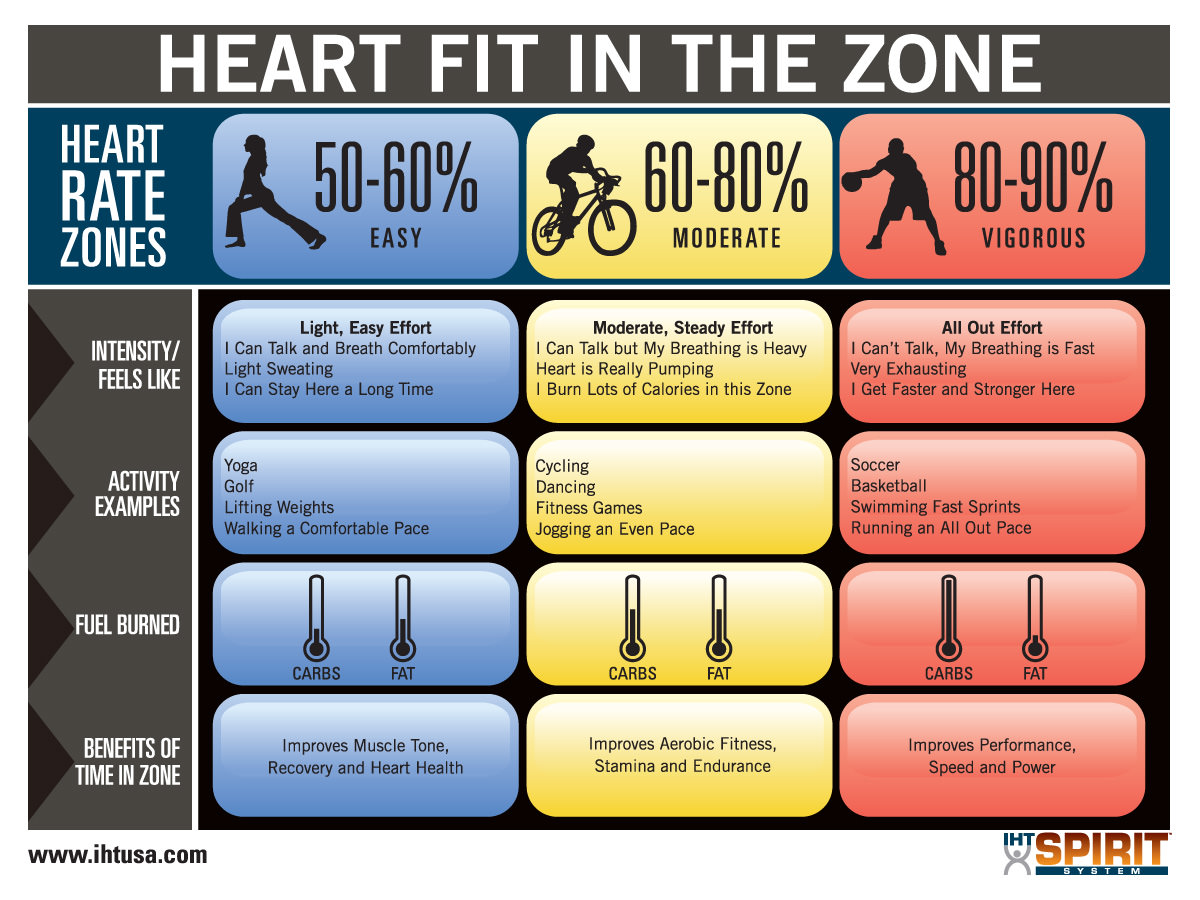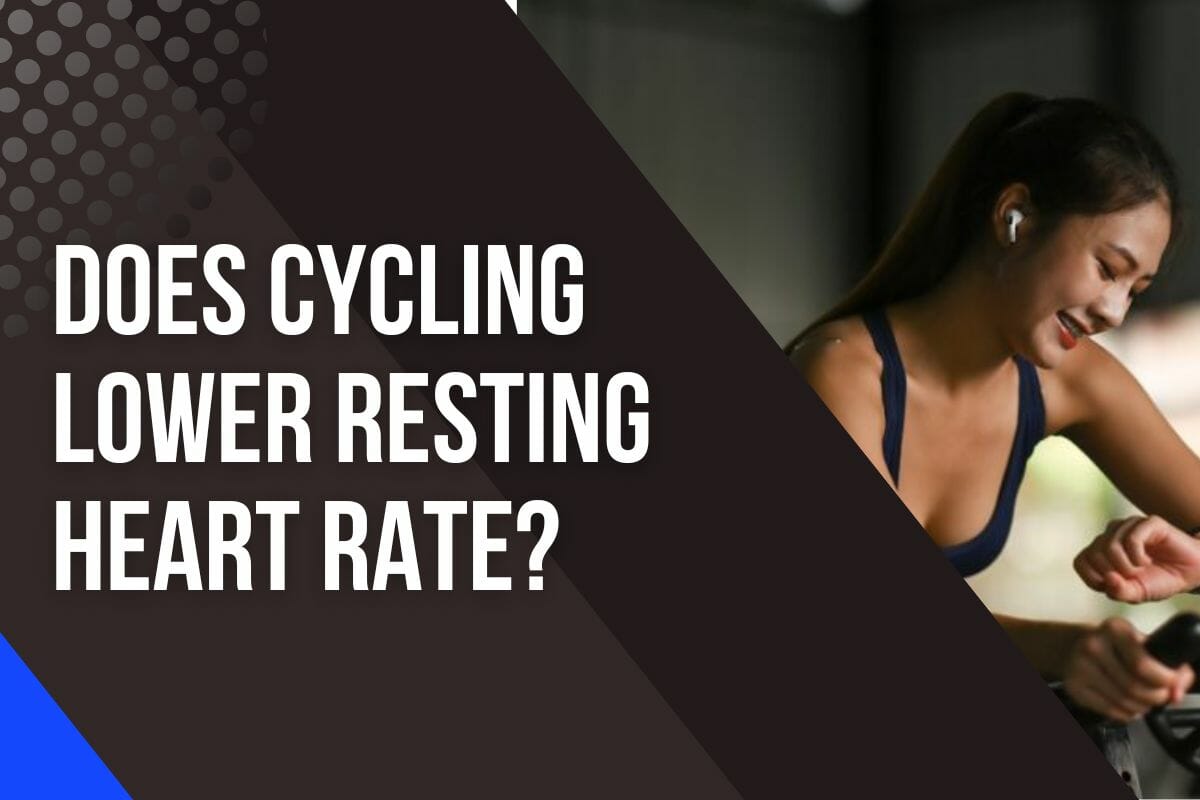Understanding the Dangers of Excessive Heart Rate While Cycling
Cycling is a popular recreational activity and competitive sport that offers numerous physical and mental health benefits. However, like any form of exercise, cycling can also pose health risks if not performed safely and within reasonable limits. One of the most critical factors to consider when cycling is heart rate, as excessive heart rates can lead to serious health issues, including cardiac problems, dehydration, and exhaustion. In fact, a study by the American Heart Association found that cyclists who exceeded their maximum recommended heart rate were at a higher risk of experiencing adverse cardiovascular events.
So, what is a dangerous heart rate when cycling? The answer depends on various factors, including age, fitness level, and individual health conditions. Generally, a heart rate above 180 beats per minute (bpm) is considered excessive for most adults. However, this number can vary significantly depending on the individual’s maximum heart rate, which is typically calculated as 220 minus their age. For example, a 30-year-old cyclist’s maximum heart rate would be approximately 190 bpm.
Exceeding one’s maximum heart rate can lead to a range of health problems, including cardiac arrhythmias, high blood pressure, and decreased athletic performance. Furthermore, ignoring the warning signs of excessive heart rate, such as dizziness, nausea, and chest pain, can result in severe consequences, including heart attacks, strokes, and even death.
Therefore, it is essential for cyclists to monitor their heart rate regularly, especially during intense or prolonged rides. This can be achieved using heart rate monitors, smartwatches, or mobile apps that track heart rate in real-time. By being aware of their heart rate and taking regular breaks to rest and rehydrate, cyclists can minimize their risk of experiencing adverse health effects and ensure a safe and enjoyable ride.
How to Measure Your Heart Rate While Cycling: A Step-by-Step Guide
Measuring heart rate while cycling is a crucial aspect of ensuring a safe and healthy ride. Fortunately, there are several ways to measure heart rate, including the use of heart rate monitors, smartwatches, and mobile apps. In this section, we will provide a step-by-step guide on how to measure heart rate while cycling, as well as explain the importance of accurate measurements and how to interpret the data.
Step 1: Choose a Heart Rate Monitoring Device
There are several types of heart rate monitoring devices available, including chest straps, wrist-based monitors, and mobile apps. Chest straps are the most accurate, but can be uncomfortable to wear. Wrist-based monitors are more convenient, but may not be as accurate. Mobile apps can be used in conjunction with a smartphone’s camera and flash to measure heart rate.
Step 2: Set Up Your Device
Once you have chosen a heart rate monitoring device, set it up according to the manufacturer’s instructions. This may involve pairing the device with your smartphone or computer, or entering your personal data such as age and weight.
Step 3: Start Measuring Your Heart Rate
Begin measuring your heart rate by starting your ride or exercise routine. Make sure to wear your heart rate monitoring device according to the manufacturer’s instructions. If using a mobile app, place your finger on the camera lens and flash to measure your heart rate.
Step 4: Interpret Your Heart Rate Data
Once you have started measuring your heart rate, interpret the data to ensure you are within a safe range. The American Heart Association recommends the following maximum heart rates for different age groups:
* 20-30 years: 190-200 beats per minute (bpm)
* 30-40 years: 180-190 bpm
* 40-50 years: 170-180 bpm
* 50-60 years: 160-170 bpm
* 60+ years: 150-160 bpm
If your heart rate exceeds these maximum rates, slow down your pace or take a break to rest and rehydrate.
By following these steps and using a heart rate monitoring device, you can ensure a safe and healthy ride while cycling. Remember to always prioritize your heart health and safety above all else.
The American Heart Association’s Guidelines for Safe Heart Rates During Exercise
The American Heart Association (AHA) provides guidelines for safe heart rates during exercise, including cycling. These guidelines are based on the individual’s age, fitness level, and health status. The AHA recommends the following maximum heart rates for different age groups:
* 20-30 years: 190-200 beats per minute (bpm)
* 30-40 years: 180-190 bpm
* 40-50 years: 170-180 bpm
* 50-60 years: 160-170 bpm
* 60+ years: 150-160 bpm
These guidelines are based on the concept of maximum heart rate, which is the highest heart rate an individual can achieve without experiencing adverse health effects. Exceeding the maximum heart rate can lead to serious health issues, including cardiac problems, dehydration, and exhaustion.
In addition to age, the AHA also considers fitness level when determining safe heart rates. For example, highly fit individuals may be able to sustain higher heart rates than less fit individuals. The AHA recommends the following heart rate zones for different fitness levels:
* Zone 1: 50-60% of maximum heart rate (low-intensity exercise)
* Zone 2: 60-70% of maximum heart rate (moderate-intensity exercise)
* Zone 3: 70-80% of maximum heart rate (high-intensity exercise)
* Zone 4: 80-90% of maximum heart rate (very high-intensity exercise)
* Zone 5: 90-100% of maximum heart rate (extremely high-intensity exercise)
By following the AHA’s guidelines for safe heart rates, cyclists can minimize their risk of experiencing adverse health effects and ensure a safe and healthy ride. It is essential to note that these guidelines are general recommendations and may not apply to every individual. Cyclists should consult with their healthcare provider to determine their specific heart rate zones and safe exercise intensity.
What is a Dangerous Heart Rate for Cyclists: Age-Related Considerations
As we age, our maximum heart rate decreases, which can affect our cycling performance and overall health. Understanding how age affects maximum heart rates is crucial for cyclists to ensure they are riding within a safe and healthy range. In this section, we will discuss how age affects maximum heart rates and provide age-related guidelines for safe heart rates while cycling.
Maximum heart rate decreases with age due to a decline in cardiac function and an increase in blood pressure. According to the American Heart Association, the maximum heart rate for adults decreases by approximately 1 beat per minute (bpm) per year after the age of 20. For example, a 20-year-old cyclist’s maximum heart rate may be around 200 bpm, while a 40-year-old cyclist’s maximum heart rate may be around 180 bpm.
Based on this decline in maximum heart rate, older cyclists may need to adjust their intensity and frequency of rides to avoid exceeding their safe heart rate zone. For example, a 50-year-old cyclist may need to reduce their ride intensity by 10-20% to avoid exceeding their maximum heart rate. Additionally, older cyclists may need to take more frequent breaks to rest and rehydrate, as their bodies may not be able to recover as quickly from intense exercise.
Here are some age-related guidelines for safe heart rates while cycling:
* 20-30 years: 190-200 bpm
* 30-40 years: 180-190 bpm
* 40-50 years: 170-180 bpm
* 50-60 years: 160-170 bpm
* 60+ years: 150-160 bpm
It’s essential to note that these are general guidelines, and individual results may vary. Cyclists should consult with their healthcare provider to determine their specific heart rate zones and safe exercise intensity.
By understanding how age affects maximum heart rates and following age-related guidelines for safe heart rates, cyclists can minimize their risk of experiencing adverse health effects and ensure a safe and healthy ride.
The Role of Intensity and Duration in Determining Safe Heart Rates
Intensity and duration are two critical factors that affect heart rates while cycling. Understanding how these factors impact heart rates can help cyclists optimize their performance and minimize their risk of experiencing adverse health effects. In this section, we will discuss the role of intensity and duration in determining safe heart rates, including the impact of high-intensity interval training (HIIT) and long-distance rides.
Intensity refers to the level of effort or exertion required to complete a cycling task. High-intensity cycling, such as sprinting or hill climbing, can significantly increase heart rates, while low-intensity cycling, such as cruising or recovery rides, can maintain heart rates at a lower level. Duration, on the other hand, refers to the length of time spent cycling. Longer rides can lead to increased fatigue and decreased performance, while shorter rides can be more intense and demanding.
High-intensity interval training (HIIT) is a type of cycling that involves short bursts of high-intensity exercise followed by periods of rest or low-intensity exercise. HIIT can be an effective way to improve cardiovascular fitness and increase speed and endurance, but it can also be hazardous if not performed properly. Cyclists who engage in HIIT should be aware of their heart rates and take regular breaks to rest and rehydrate.
Long-distance rides, on the other hand, can be challenging due to the prolonged duration and intensity of the ride. Cyclists who engage in long-distance rides should be aware of their heart rates and take regular breaks to rest and rehydrate. Additionally, they should be mindful of their nutrition and hydration levels, as inadequate fueling and hydration can lead to decreased performance and increased risk of adverse health effects.
Here are some general guidelines for safe heart rates based on intensity and duration:
* Low-intensity cycling (50-60% of maximum heart rate): 60-90 minutes
* Moderate-intensity cycling (60-70% of maximum heart rate): 30-60 minutes
* High-intensity cycling (70-80% of maximum heart rate): 15-30 minutes
* Very high-intensity cycling (80-90% of maximum heart rate): 5-15 minutes
It’s essential to note that these are general guidelines, and individual results may vary. Cyclists should consult with their healthcare provider to determine their specific heart rate zones and safe exercise intensity.
Recognizing the Warning Signs of a Dangerous Heart Rate
While cycling, it’s essential to recognize the warning signs of a dangerous heart rate. These warning signs can indicate that your heart rate is too high and that you need to take immediate action to lower it. In this section, we will discuss the warning signs of a dangerous heart rate, including dizziness, nausea, chest pain, and shortness of breath.
Dizziness and lightheadedness are common warning signs of a dangerous heart rate. If you experience dizziness or lightheadedness while cycling, it may be a sign that your heart rate is too high and that you need to slow down or stop. Nausea and vomiting are also warning signs of a dangerous heart rate. If you experience nausea or vomiting while cycling, it’s essential to stop and rest.
Chest pain or discomfort is a severe warning sign of a dangerous heart rate. If you experience chest pain or discomfort while cycling, it’s essential to stop immediately and seek medical attention. Shortness of breath is another warning sign of a dangerous heart rate. If you experience shortness of breath while cycling, it may be a sign that your heart rate is too high and that you need to slow down or stop.
Other warning signs of a dangerous heart rate include:
* Fatigue or weakness
* Headaches or migraines
* Confusion or disorientation
* Pale or cool skin
If you experience any of these warning signs while cycling, it’s essential to take immediate action to lower your heart rate. This may include slowing down or stopping, resting, and seeking medical attention if necessary.
It’s also essential to note that some medical conditions, such as heart disease or high blood pressure, can increase the risk of a dangerous heart rate while cycling. If you have a pre-existing medical condition, it’s essential to consult with your doctor before starting a cycling program.
By recognizing the warning signs of a dangerous heart rate, cyclists can take steps to prevent serious health problems and ensure a safe and enjoyable ride.
How to Lower Your Heart Rate While Cycling: Tips and Strategies
Lowering your heart rate while cycling can be achieved through a combination of proper hydration, pacing, and breathing techniques. In this section, we will provide tips and strategies for lowering heart rates while cycling, including the importance of regular breaks and cool-down periods.
Proper hydration is essential for maintaining a healthy heart rate while cycling. Dehydration can lead to an increase in heart rate, as the body works harder to pump blood to the muscles. Drinking water or a sports drink before, during, and after cycling can help to keep the body hydrated and the heart rate stable.
Pacing is also crucial for maintaining a healthy heart rate while cycling. Cycling at a high intensity for an extended period can lead to an increase in heart rate. By pacing yourself and taking regular breaks, you can help to keep your heart rate stable and avoid fatigue.
Breathing techniques can also help to lower heart rates while cycling. Deep breathing exercises can help to slow down the heart rate and reduce stress. By taking slow, deep breaths in through the nose and out through the mouth, you can help to calm the body and lower the heart rate.
Regular breaks and cool-down periods are also essential for maintaining a healthy heart rate while cycling. Taking regular breaks to rest and rehydrate can help to lower the heart rate and avoid fatigue. A cool-down period after cycling can also help to slowly bring the heart rate back down to a normal level.
Here are some additional tips for lowering heart rates while cycling:
* Avoid cycling in extreme temperatures
* Wear loose, breathable clothing
* Avoid cycling in high-altitude areas
* Get enough sleep and rest before cycling
By following these tips and strategies, cyclists can help to lower their heart rates and maintain a healthy and safe cycling experience.
Conclusion: Prioritizing Heart Health While Cycling
In conclusion, monitoring and managing heart rates while cycling is crucial for maintaining a safe and healthy cycling experience. By understanding the dangers of excessive heart rates, measuring heart rates accurately, and following guidelines for safe heart rates, cyclists can minimize their risk of experiencing serious health issues.
It is essential to prioritize heart health and safety above all else, especially for older cyclists or those with pre-existing medical conditions. Regular check-ups, proper training, and attention to warning signs can help to prevent serious health problems and ensure a safe and enjoyable ride.
By following the tips and strategies outlined in this article, cyclists can take control of their heart health and safety while cycling. Remember, a safe and healthy cycling experience is just as important as the ride itself.
So, what is a dangerous heart rate when cycling? The answer is simple: any heart rate that exceeds the recommended maximum heart rate for your age group and fitness level. By understanding and respecting this limit, cyclists can enjoy a safe and healthy cycling experience.
In the end, it is up to each individual cyclist to prioritize their heart health and safety while cycling. By taking the necessary precautions and following the guidelines outlined in this article, cyclists can minimize their risk of experiencing serious health issues and enjoy a safe and healthy cycling experience.



:max_bytes(150000):strip_icc()/Health-How-To-Check-Your-Heart-Rate-67f1e3c1f4a9494d9b165b8d34d0144e.jpg)



